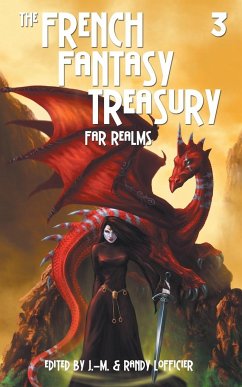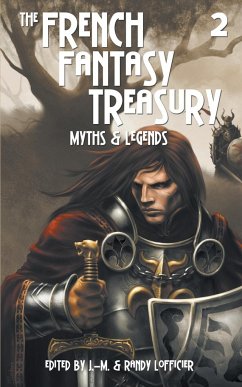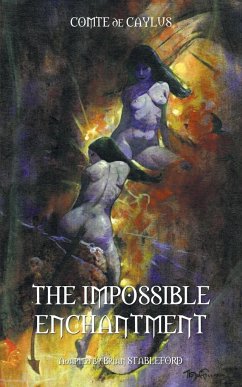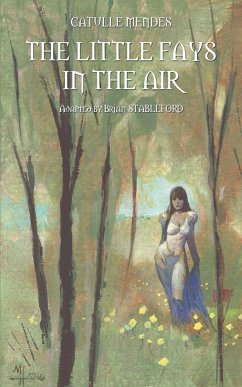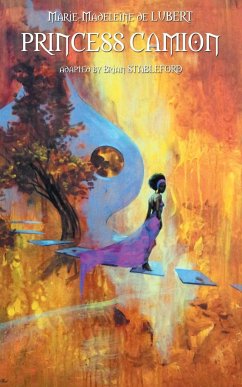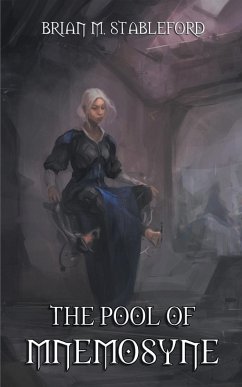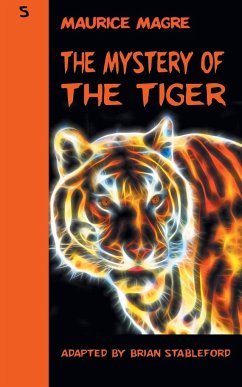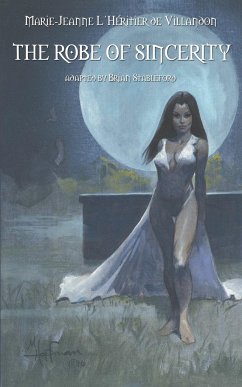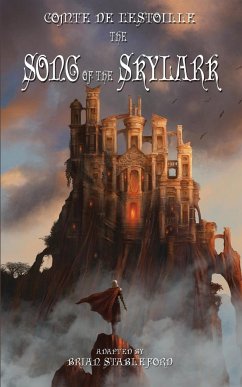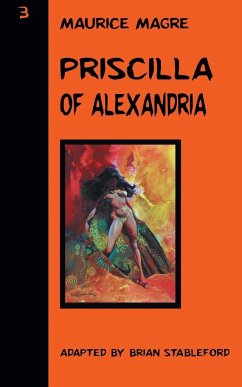
TALES OF ENCHANTMENT AND DISENCHANTMENT
Versandkostenfrei!
Versandfertig in 1-2 Wochen
46,99 €
inkl. MwSt.

PAYBACK Punkte
23 °P sammeln!
The Contes de fées, defined here as tales that contain fées, i.e.: "fays" (as opposed to "fairies," which in British literary history referred to imaginary entities often different from the French fées), were invented by aristocratic women of the 17th century, such as Madame d’Aulnoy, the Comtesse de Murat, Madame Leprince de Beaumont, etc. In making visible the operations of the human heart, they also did so with their torments, fears and resentments: the tightly-laced corset of social convention, the catastrophe of arranged marriages; the tyranny and frequent brutality of those in legal...
The Contes de fées, defined here as tales that contain fées, i.e.: "fays" (as opposed to "fairies," which in British literary history referred to imaginary entities often different from the French fées), were invented by aristocratic women of the 17th century, such as Madame d’Aulnoy, the Comtesse de Murat, Madame Leprince de Beaumont, etc. In making visible the operations of the human heart, they also did so with their torments, fears and resentments: the tightly-laced corset of social convention, the catastrophe of arranged marriages; the tyranny and frequent brutality of those in legal control of their lives and fortunes. Such aspects of everyday life were exaggerated by the conventions of the genre: the princesses were the most beautiful in the world, or the ugliest; the prisons in which they were contained were inaccessibly tall towers or lightless subterrains, often guarded by dragons; their captors were ogres, hags or giants, often addicted to setting them impossible tasks to complete, under the threat of dire punishment. And the fantasies of their salvation were exaggerated in consequence, beyond all reasonable expectation: the magic wand of a good fay, and, perhaps even more implausibly, the trustworthy love of a good man. Since the 1970s, there has been a spectacular increase in the popularity of a kind of fantasy that has revivified many of the imaginative materials previously developed in the contes de fées, and they can now be seen as a key link in a strand of imaginative literature that extends forwards from Classical literature and Medieval Romance all the way to a significant sector of contemporary literary production, and its extensions into visual media, connected not merely by the complex transference of imagery, but by the underlying psychology of composition and consumption. In order to understand modern fantasy fully, it is therefore necessary to understand its roots in previous literary genres, and one of the most important is the conte de fées. This volume also includes 38 exemplary stories sampled from 1696 to 1914, forming the most complete anthology devoted to the History of the Faerie to-date. Brian M. Stableford has been a professional writer since 1965. He has published more than 70 science fiction and fantasy novels, as well as several authoritative non-fiction books. He has also translated many of the works reviewed herein for Black Coat Press.



